
From natural sinkholes and ocean trenches to man-made boreholes and scientific drilling projects, humanity has explored some of the deepest places on our planet. These remarkable achievements reflect both the power of nature and human determination to uncover the mysteries beneath the Earth’s surface. Let’s explore some of the deepest holes ever dug or discovered on Earth.
El Zacatón Sinkhole, Mexico
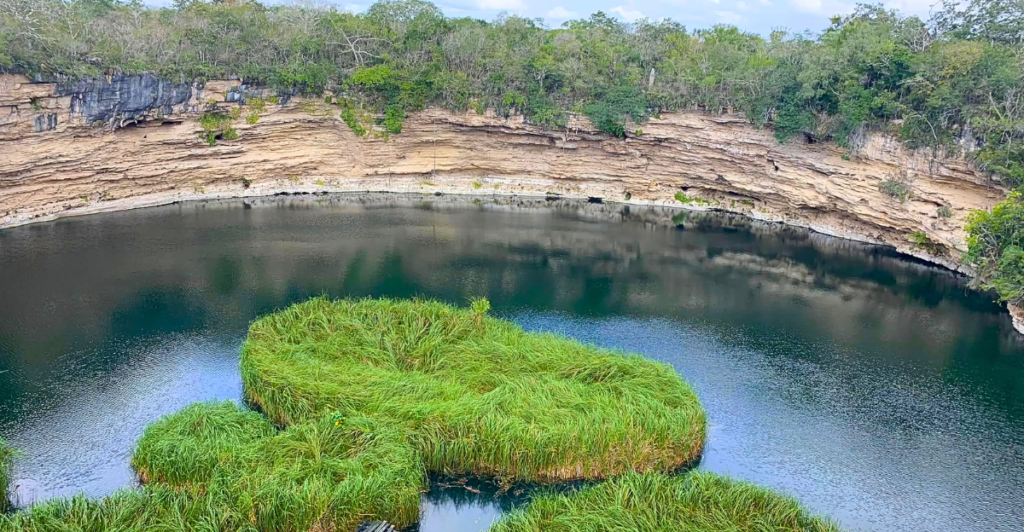
Located in Aldama, Tamaulipas, Mexico, El Zacatón is the deepest water-filled sinkhole in the world. In 2007, the NASA-funded Deep Phreatic Thermal Explorer (DEPTHX) robot reached the bottom, measuring over 1,000 feet (300 meters). This exploration revealed not only its staggering depth but also its potential for scientific research.
IceCube Neutrino Observatory, Antarctica
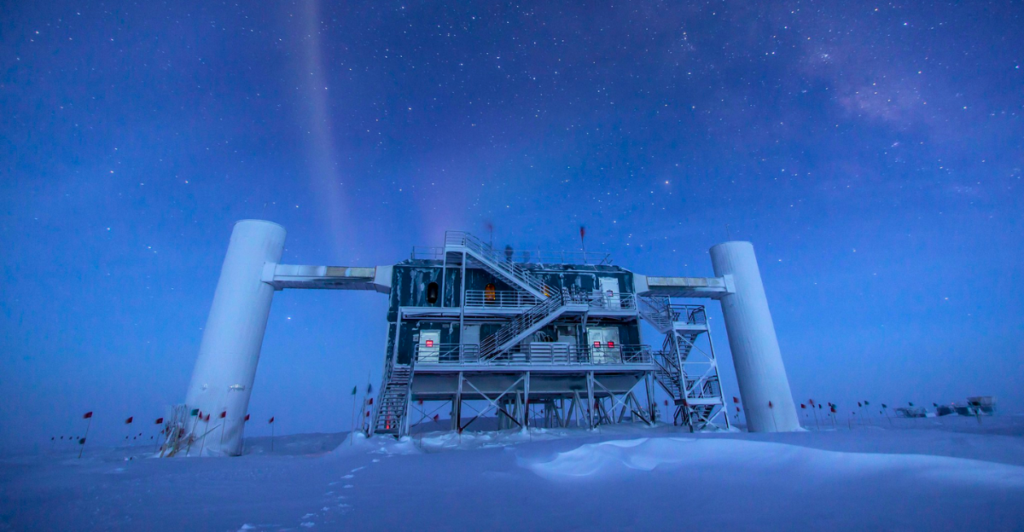
The IceCube Neutrino Observatory, located at the Amundsen–Scott South Pole Station, extends over 1.5 miles (2.4 kilometers) underground. Designed to observe Cherenkov radiation as evidence of neutrinos, this observatory plays a key role in studying subatomic particles as they pass through the Antarctic ice.
Kola Superdeep Borehole, Russia

The Kola Superdeep Borehole in Murmansk, Russia, holds the title of the deepest man-made hole. Dug between 1970 and 1992, it reached depths of over 7.5 miles (12 kilometers). However, extreme temperatures of 356°F (180°C) forced the project to stop, and the site was later sealed.
Tarim Basin Borehole, China

In 2023, China began drilling a borehole in the Tarim Basin with a target depth of 6.9 miles (11 kilometers). This ambitious project aims to uncover oil and gas reserves while also contributing to scientific research, showcasing China’s technological advancements in deep-earth exploration.
Chikyū Drilling Ship, Japan

The Japanese drilling ship Chikyū set a record in 2012 when it drilled 25,400 feet (7,742 meters) below sea level. As part of the Integrated Ocean Drilling Program, Chikyū was designed to study sub-seafloor environments, enhancing our understanding of geological processes beneath the ocean floor.
The Big Hole, South Africa
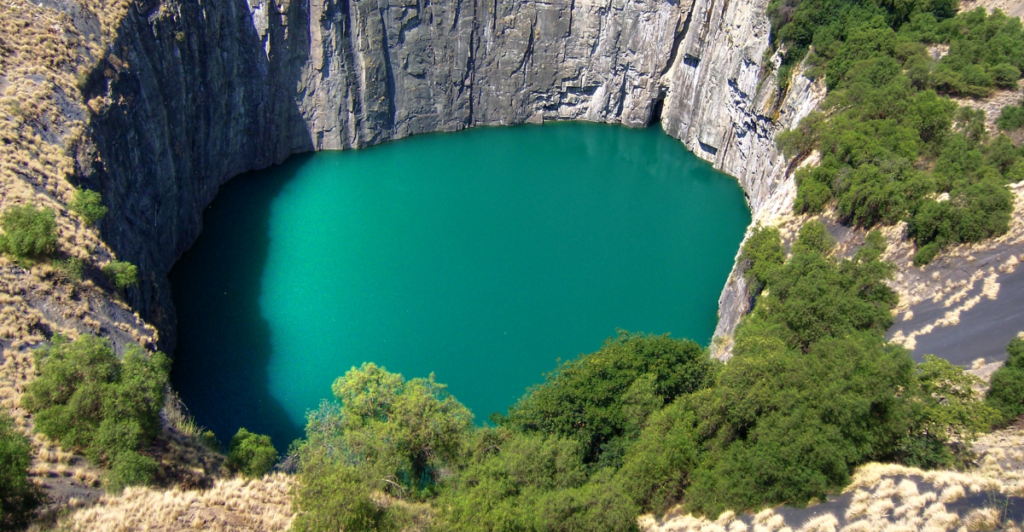
Located in Kimberley, South Africa, the Big Hole is an open-pit diamond mine excavated entirely by hand in the 1880s. Covering 40 acres and reaching a depth of 2,600 feet (792 meters), it came at a tragic cost as hundreds of African workers lost their lives during its creation.
Mariana Trench, Pacific Ocean

The Mariana Trench is the deepest known point in Earth’s oceans. Located near Guam in the Pacific Ocean, it plunges over 6.8 miles (11 kilometers) deep. With freezing temperatures of 34°F (1.1°C) and crushing pressures 1,000 times that of sea level, it remains a harsh yet fascinating environment.
Xiaozhai Tiankeng, China

Xiaozhai Tiankeng, also known as the “Heavenly Pit,” is Earth’s largest and deepest sinkhole, measuring 2,200 feet (670 meters) deep. Believed to have formed over 128,000 years, this natural wonder highlights the incredible power of geological erosion over time.
Project Mohole, Mexico

In the 1960s, the United States attempted to drill into the Earth’s mantle off the coast of Guadalupe Island, Mexico. Phase I of Project Mohole reached 600 feet (183 meters) below the seafloor. Although the project was canceled, it provided valuable insights into the Earth’s crust.
Woodingdean Water Well, England
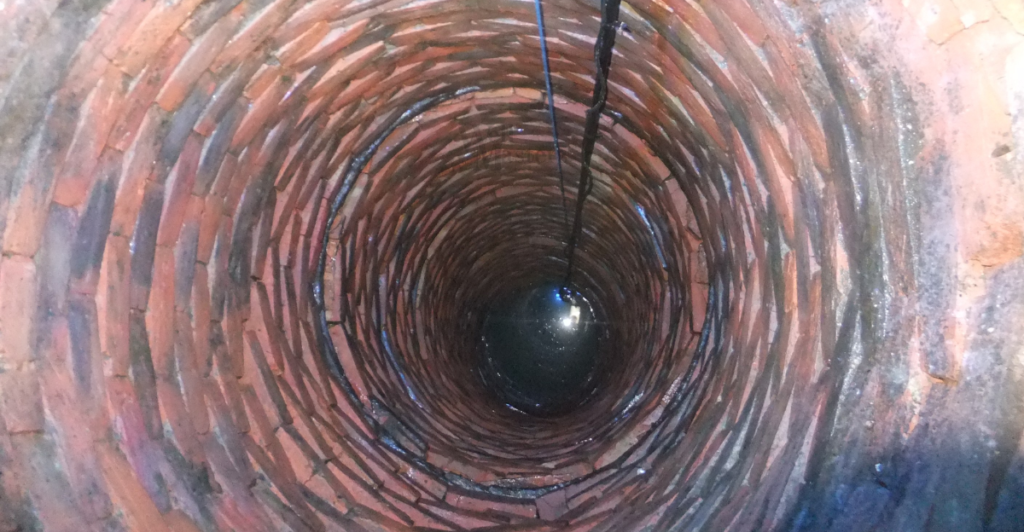
Dug entirely by hand between 1858 and 1862, the Woodingdean Water Well in England reached a depth of 1,285 feet (391 meters). Despite being modest by modern standards, it stands as a remarkable achievement of 19th-century engineering and human perseverance.
KTB Borehole, Germany

The German Continental Deep Drilling Programme (KTB) drilled two boreholes between 1990 and 1994 to study the continental crust. The main borehole reaches over 5.6 miles (9 kilometers) deep, making it one of the deepest operational boreholes in the world today.
Bertha Rogers Borehole, USA
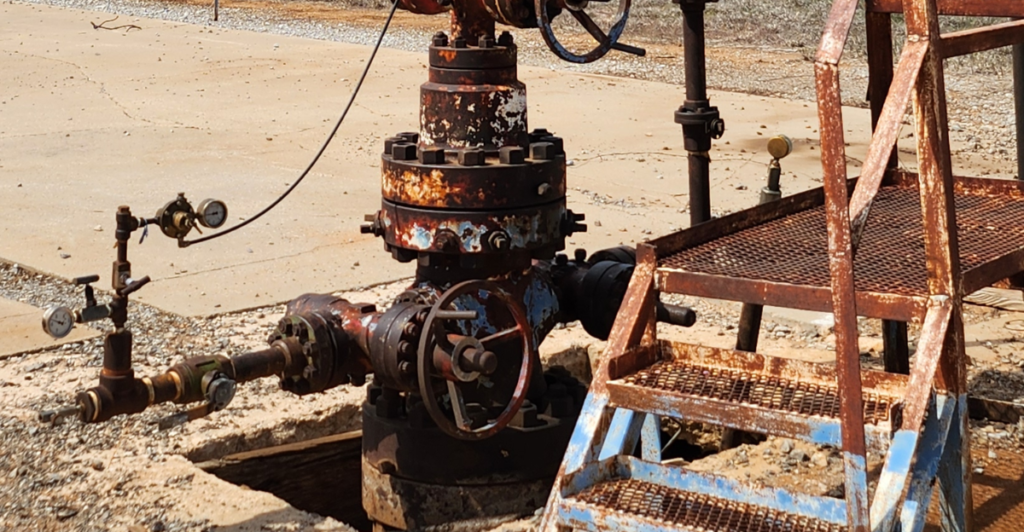
The Bertha Rogers borehole, drilled in 1974 in the Anadarko Basin, Oklahoma, reached a depth of nearly 6 miles (9.7 kilometers). It remains the deepest borehole in the United States, originally intended to locate natural gas reserves.
Veryovkina Cave, Georgia

Known as the deepest cave on Earth, Veryovkina Cave in Georgia reaches depths of over 1.3 miles (2 kilometers). Often referred to as the “Everest of the Deep,” its bottom was only reached in 2018, marking a significant milestone for cave explorers worldwide.
From natural formations like the Mariana Trench and Heavenly Pit to human endeavors such as the Kola Borehole and IceCube Observatory, these deep places reveal the incredible forces shaping our planet and humanity’s relentless curiosity to explore the unknown.
Stay connected with us for more stories like this! Follow us to get the latest updates or hit the Follow button at the top of this article, and let us know what you think by leaving your feedback below. We’d love to hear from you!







